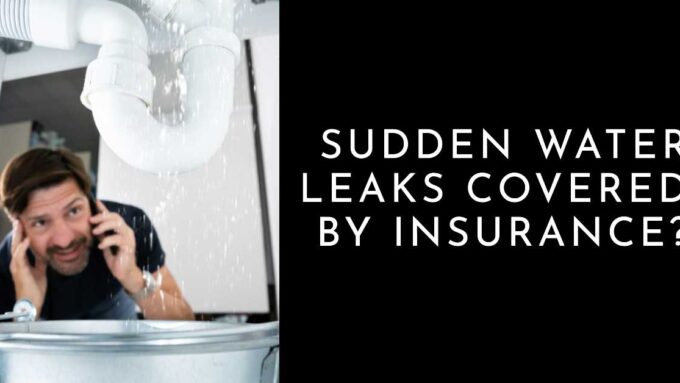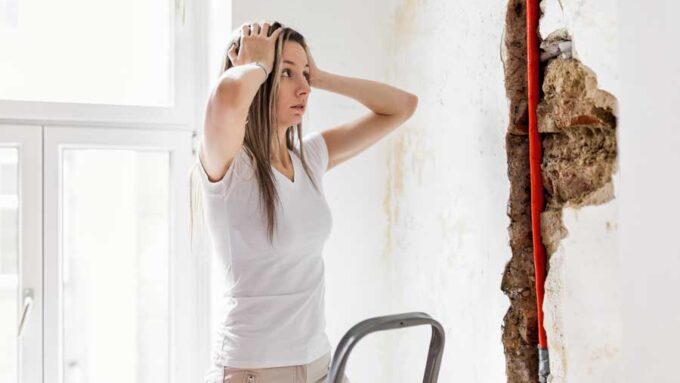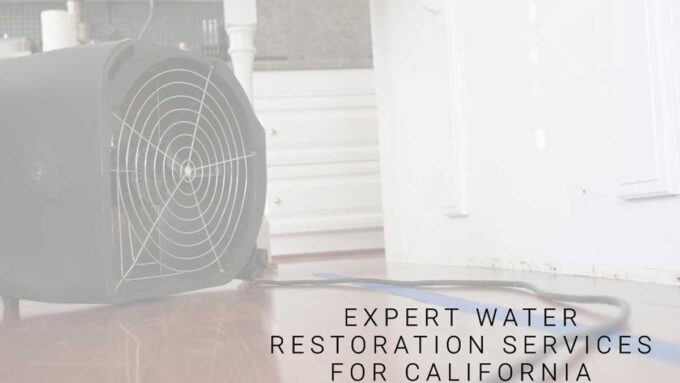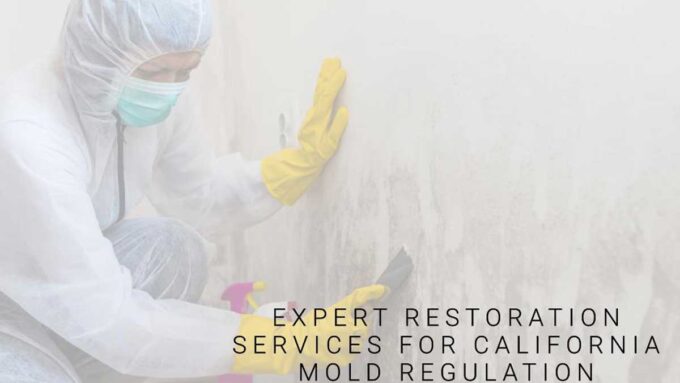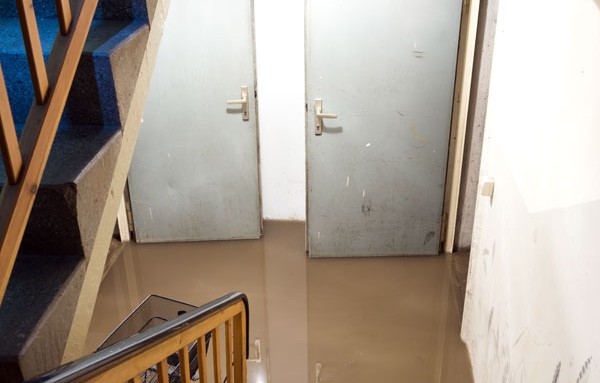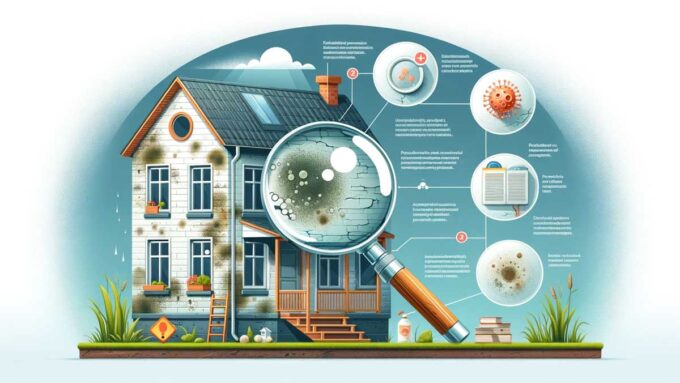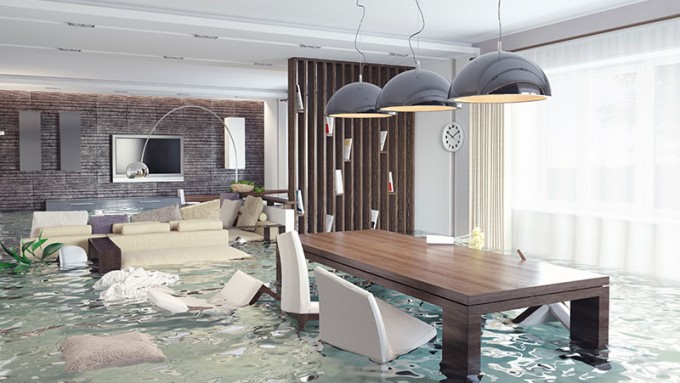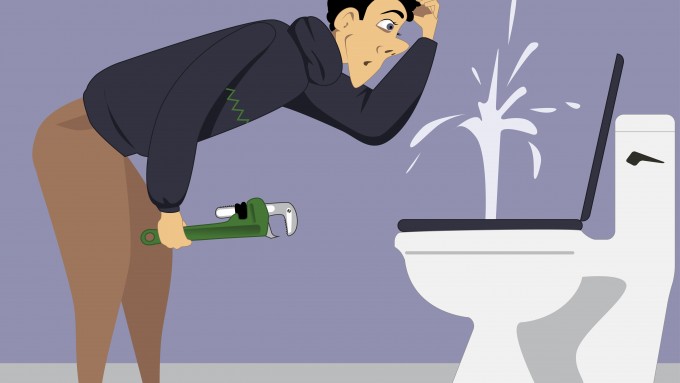Experiencing a sudden water leak can be both stressful and damaging. Understanding how insurance coverage works in such scenarios is crucial for homeowners and businesses alike. This article delves into the intricacies of insurance coverage for sudden water leaks, outlining key considerations and steps to ensure effective resolution and restoration.
| Topic | Key Points |
|---|---|
| Understanding Insurance Coverage | Policy details, coverage limits, and types of damages |
| Steps to Take After a Water Leak | Immediate actions, documentation, and professional help |
| Restoration and Cleanup Process | Techniques, technologies, and prevention |
Understanding Insurance Coverage
According to the Advocate Magazine, in California insurance terms, “sudden” is typically contrasted with “gradual.” The term implies an event that occurs abruptly and unexpectedly, rather than something that develops over time. This distinction is crucial because insurance policies generally cover damages that are sudden and accidental, but not those that are gradual or due to wear and tear.
For instance, a burst pipe or an appliance failure that leads to immediate water damage would typically be covered under the “sudden and accidental” clause. However, a slow leak that has been occurring over a long period might not be covered, as it is considered a gradual issue.
Additionally, as per Pacific Flood, standard homeowner’s insurance in California typically covers sudden indoor water damage sources like burst pipes and sudden leaks. Insurance may also cover some external sources of water damage, like rain entering through a broken window or hole in the roof, provided these issues were caused by a peril listed in the policy. However, they usually do not cover gradual, preventable water damage or flooding.
- Review Your Policy: It’s essential to understand your policy’s specifics, including coverage limits and deductibles. Each policy is unique so reach out to your agent to best understand your specific policy.
- Types of Covered Damages: Insurance usually covers damages caused by burst pipes, appliance malfunctions, and other sudden incidents.
- Exclusions and Limitations: Certain causes, like gradual leaks or lack of maintenance, may not be covered.
Steps to Take After a Water Leak
In the event of a sudden water leak, immediate and appropriate action is crucial to mitigate damage, including the potential for mold growth. Here are the key steps to take:
- Stop the Leak: If possible, identify and stop the source of the leak. This could involve turning off the main water supply to prevent further ingress.
- Document the Damage: Take clear photos and videos of the affected areas. This documentation is crucial for insurance purposes and will support your claim.
- Begin Cleanup and Dry Out: Start the process of cleaning up the water. Use fans and dehumidifiers to dry out the area as quickly as possible. Rapid drying is vital to prevent mold growth, which can begin in as little as 24 to 48 hours after water exposure.
- Contact Your Insurance Company: Report the incident to your insurer promptly. Provide them with the documentation you’ve gathered and follow their guidance on the next steps for your claim.
- Seek Professional Mold Assessment and Removal: If there’s any concern about mold, it’s essential to have a professional assessment. Mold can be a health hazard and requires specific remediation techniques. For expert mold removal services, consider visiting Mold Removal Experts for professional assistance and guidance on handling mold issues resulting from water leaks.
These steps, when followed diligently, can significantly reduce the impact of water damage and help ensure a swift and effective recovery process.
Restoration and Cleanup Process
When addressing the aftermath of a water leak, the restoration and cleanup process can vary depending on the severity of the damage. Here are key considerations and steps:
- Assess the Severity: For minor leaks, you may be able to handle the cleanup yourself. Check for water pooling, damp walls, or warped flooring. If these signs are minimal and localized, immediate DIY actions like drying, cleaning, and disinfecting may suffice.
- DIY Cleanup for Minor Leaks: If the leak is small and the area is not heavily damaged, start by removing any standing water using towels or a wet-dry vacuum. Dry out the area thoroughly with fans and dehumidifiers. Disinfect the area to prevent mold growth, paying special attention to submerged surfaces.
- Watch for Signs of Larger Issues: Signs that you might need professional help include extensive water damage, suspected damage within walls or floors, any electrical issues, or if the source of the leak is not clear. Additionally, if there is any sign of mold growth or if the water is from a contaminated source, professional assistance is crucial.
- Professional Assessment and Remediation: For more significant leaks, or if you observe signs of mold, it’s important to seek professional help. Experts can conduct a thorough assessment, use advanced equipment for water extraction, and ensure proper mold remediation. This is particularly important as mold can pose health risks and can cause further damage to your property if not addressed correctly.
- Preventive Measures: After addressing the immediate issue, consider preventive measures like regular inspections of pipes and appliances, installing water leak detection systems, and maintaining proper ventilation to reduce humidity levels.
By understanding when you can handle cleanup yourself and when to call in professionals, you can effectively manage the restoration process following a water leak. For severe cases, especially those involving mold, professional services are recommended. Visit Mold Removal and Restoration Services for expert guidance and assistance.
Final Thoughts
Dealing with a sudden water leak can be overwhelming, but understanding your insurance coverage and taking prompt action can significantly mitigate the damage. Following the outlined steps ensures a thorough and effective restoration process, restoring your property to its pre-damage condition.
Get in Touch
For more information or assistance with water leak issues, contact Restoration Certified Specialists with any questions or to schedule an appointment. Our team is equipped to handle all aspects of water damage restoration, ensuring peace of mind and professional care.
Disclaimer: This article is for educational purposes only and is not intended to replace professional medical advice. If you believe you are dealing with health issues related to mold exposure, it is crucial to seek professional medical attention promptly.

